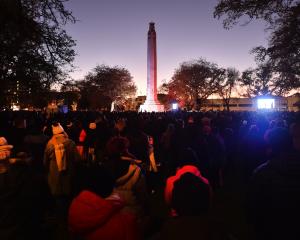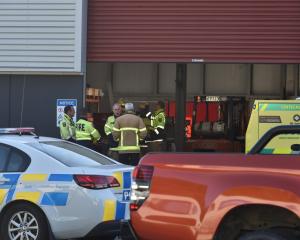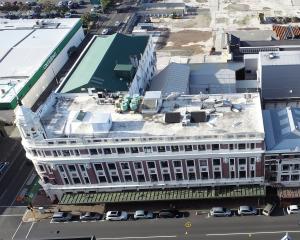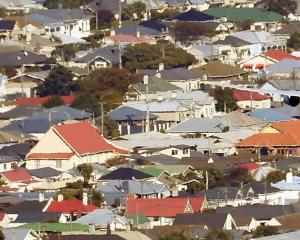
The planned Accident Compensation Corporation (ACC) building in Dowling St, between Queens Gardens and the Exchange, is due to be complete by 2024.
The project is a partnership between ACC and Ngai Tahu Holdings on a site once the heart of Dunedin’s early commercial development, but also, before that, a place for waka landing, food gathering and trade.
A Ngai Tahu Property spokeswoman said as work progressed at the site, archaeological discoveries were being recorded and managed by New Zealand Heritage Properties.
Archaeological features visible were remnants of the Standard Insurance Company building and Sargood, Son & Ewen’s boot factory — both from the 1870s.

Heritage New Zealand Pouhere Taonga archaeologist Nikole Wills said the site had a long history of development through the 1800s.
It was the location of the first First Church and associated buildings, built in 1848.
It later was home to the "Interim" First Church, from 1865.
The area was redeveloped in the 1870s: the remains of The Interim Church were thought to have possibly been incorporated into the Freethought Lyceum building, and the foreshore on the High St side of the site was reclaimed, Ms Wills said.
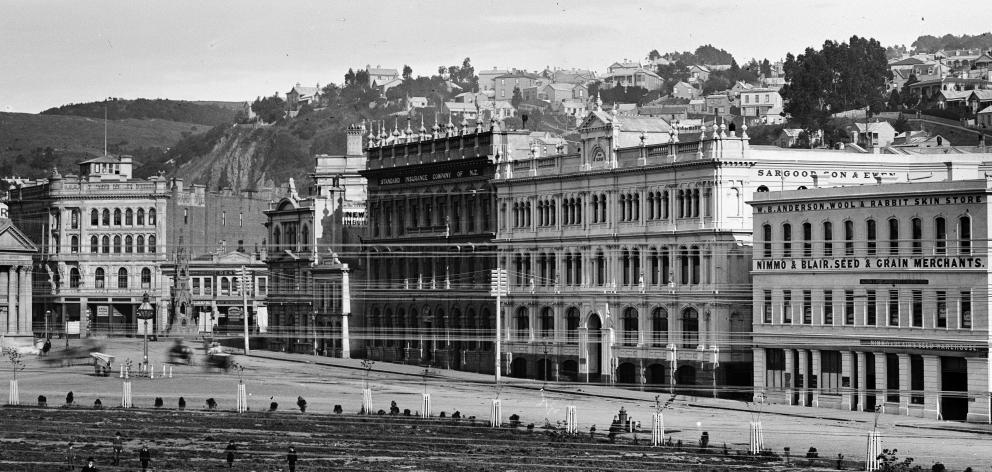
The Standard Insurance building, originally the Royal Exchange Hotel, was built in 1878.
It was purchased by Standard Insurance in 1884 and used as a multi-tenant commercial premise.
The buildings remained on site until 1969-70, except the Lyceum which was not demolished until the 1990s.
The building remains uncovered though the project would provide insight into construction techniques, site occupation, and allow for comparisons between buildings’ foundations from the time, Ms Wills said.
"The Sargoods and the Standard Insurance buildings are associated with a prosperous period of Dunedin’s history," she said.

The landing site was important in traditional times for hunting and gathering activities in the head of the harbour, Mr Ellison said.
But also as Dunedin was being established, it was a site where Otakou whanau would trade with settlers, he said.
"The name Otepoti arises in that corner of the harbour, also - literally ‘of the corner’," he said.
Meanwhile, the Ngai Tahu Property spokeswoman confirmed crews on site were wearing hazardous materials overalls due to asbestos that had been found on site.
Both the asbestos and early buildings were addressed in the resource consent and archaeological authority, she said.


